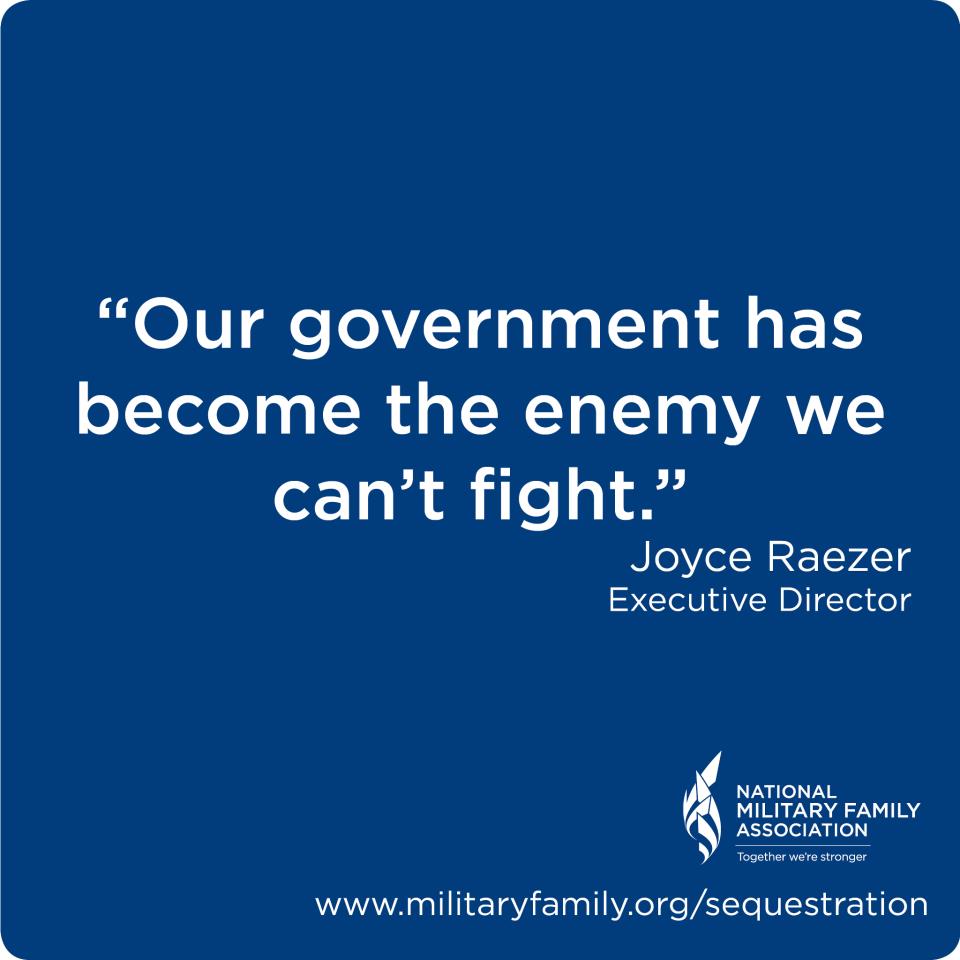
Case Study: A Social CEO in Action
What would inspire your CEO to start tweeting or posting on Facebook? For the executive director of the National Military Family Association, it was sequestration.
As the voice of an organization, should a CEO or executive director take the helm on Twitter and Facebook?
While more CEOs are active on corporate websites, the number of them engaging with social networking platforms has not increased significantly over the past couple of years—whether they don’t see the value in it or they feel the risks are too high.
We wanted to ratchet things up a step and tell everyone, families and others, just how important this was. Using me as the front person seemed to be the best way to do that.
Executive director of the National Military Family Association, Joyce Raezer, felt the risk of not embracing social media was greater than any potential pitfalls.
During the lead-up the March 1 sequestration deadline, Raezer began using Twitter and posting personal quotes on Facebook to help voice concern over the possible impact of spending cuts on military families.
“What we were feeling as advocates for families and what we were hearing from families was this tremendous frustration that people weren’t paying attention,” Raezer said. “We needed to be more visible—out there in a way voicing the concerns … especially how we can put out the message on military families in a more forceful way and a different kind of way using social media.”
So Raezer began tweeting. Ten days before the sequester deadline, she began tweeting information she found in news articles, during conference calls with the Department of Defense, any information she thought could help military families or promote the potential impact that these families would feel should sequestration go into effect.
And it seemed to work. The association saw its highest social engagement numbers with a Facebook post featuring a quote from Raezer: “Our government has become the enemy we can’t fight.” That post reached 94,000 people, Raezer said, compared to their previously most-engaged Facebook post about Gabby Douglas, the gold medal-winning Olympic gymnast who comes from a military family, which reached 38,000 people.
Here’s more on how Raezer made the decision to go social:
Why did you, as the executive director, want to put yourself out there, as opposed to your communications director or social media manager?
We felt this issue was that important. We wanted to ratchet things up a step and tell everyone, families and others, just how important this was. Using me as the front person seemed to be the best way to do that.
Did you think there were any risks?
Given how really awful some of the consequences could be in terms of supporting military families at a time of war, I felt the biggest risk was not saying anything. We want to keep military families informed. We want to try to do what we can to give them good information that can help reduce their stress level but also give voice to their frustrations.
What results have you seen?
This has been our biggest [social media] campaign ever. We’re new, we’re growing on all these social media [platforms], but I picked up some new followers. We had reporters retweeting us. Bloggers and reporters were contacting us to comment on sequestration and its effects on military families, so we saw increased press interest in this issue.
Will your social media endeavors continue?
I think so. I think our trick will be figuring out where I need to weigh in, and where other people on our staff, like our government relations folks, need to.
We’re going to look at every situation that comes up and say “Who’s the best messenger at this point?”
I definitely feel like there’s a role—there’s something so important that it really does help when the CEO weighs in. Sometimes you need the boss saying here’s where we stand.
Do you have advice for other CEOs considering becoming more active with social media?
Do it, but coordinate it with your staff. … We had a strategy behind us, and it was part of a coordinated effort, and I think that’s one reason why it had the impact. Don’t be afraid to do it, but do it strategically.
If we’re supposed to be the face and voice of the organization, this is one place we need to be.
(Thomas Northcut/Digital Vision/Thinkstock)







Comments